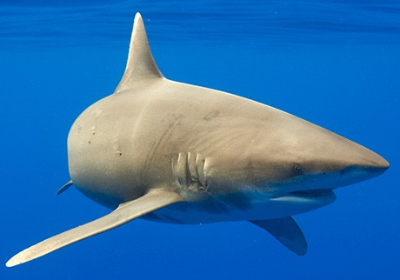
Shark attacks are very rare in the Red Sea, with last known attacks occurring back in 2010, when there were four incidents involving both an oceanic white tip as well as a mako. One of the reasons behind these incidents was the fact that tourists had inadvertently been luring them in through the illegal habit of hand-feeding fish while swimming on the reefs.
Renowned oceanographer Jacques Cousteau often described the oceanic white tip as the most dangerous of all species of shark. Though slow-moving, it is opportunistic and aggressive, and is reputed to be dangerous to shipwreck survivors.
After the USS Indianapolis was torpedoed on 30 July 1945, most sailors who survived the sinking reportedly died from exposure to the elements rather than from shark bites. However, according to survivor accounts published in several books about sharks and shark attacks, potentially hundreds of the Indianapolis crew were killed by sharks before a plane spotted them on the 5th day after the sinking.
Oceanic white tips are believed to have been responsible for most, if not all, of those attacks. Also during World War II, the RMS Nova Scotia, a steamship carrying about 1,000 people near South Africa, was sunk by a German submarine. One hundred and ninety-two people survived; many deaths were attributed to the white tip.
Oceanic white tips have been known to grow up to 4 meters (13 feet) (although more typically average 3 meters), so are formidable predators and fitting assailants in Siptah’s Legacy while our unsuspecting adventurers conduct a night dive on the Thistlgorm wreck several miles off the coast of the Red Sea resort of Sharm El Sheikh.
You’ll have to read the book to find out how it all turns out!
